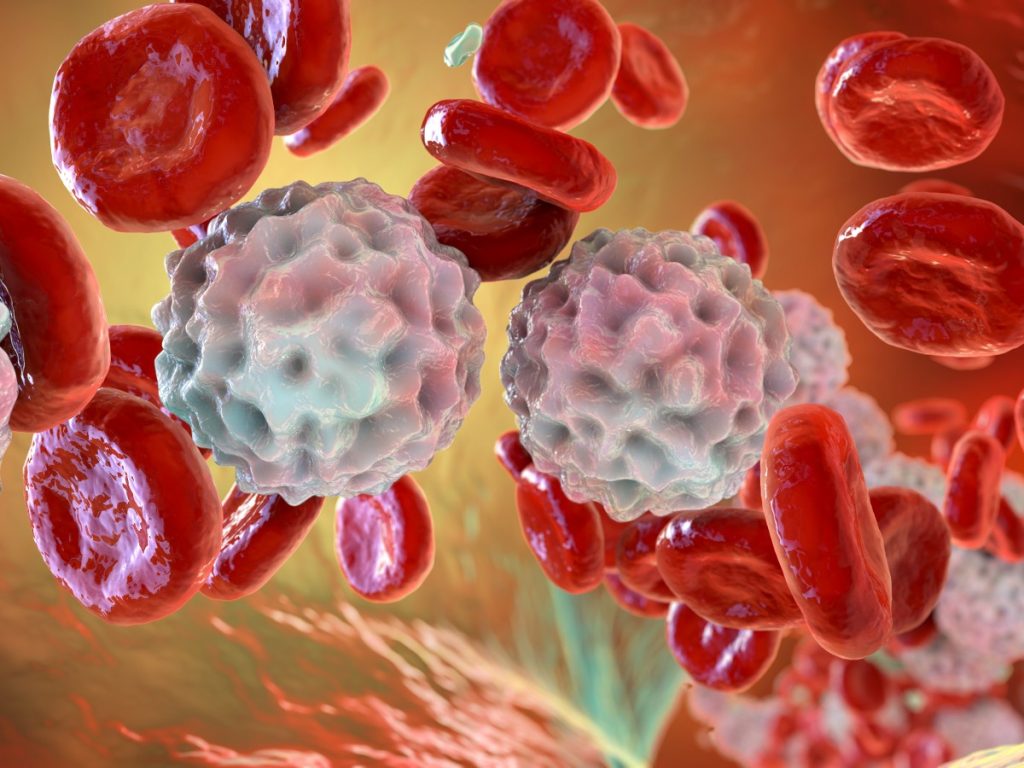Acute Lymphoblastic Leukaemia (ALL) in Children
Acute lymphoblastic leukaemia (ALL) is a type of blood cancer and is the most common form of leukaemia in children, accounting for approximately three-quarters of all childhood leukaemia cases. Although ALL can affect children of any age, it is most prevalent in those aged 1 to 4 years old.
Improving Survival Rates
Thanks to advances in medical research, drugs, and treatments, more children than ever are surviving childhood cancer. Healthcare professionals are also focusing on reducing the long-term effects of cancer treatment. While a cancer diagnosis can feel overwhelming, there is a network of healthcare professionals, support organisations, and resources available to help families through every step of the journey.
Understanding Leukaemia
Leukaemia is a cancer of the white blood cells produced in the bone marrow, the spongy tissue found within certain bones. The bone marrow produces:
- Red Blood Cells: Responsible for carrying oxygen.
- Platelets: Help blood clot and control bleeding.
- White Blood Cells: Fight infection.
There are two main types of white blood cells: lymphocytes and myeloid cells (including neutrophils). Normally, white blood cells grow and divide in a controlled manner. However, in leukaemia, this process becomes unregulated. Immature white blood cells (known as blast cells) multiply rapidly, filling the bone marrow and preventing the production of healthy cells. These immature cells cannot effectively fight infection, increasing the risk of illness.
Types of Leukaemia
There are four main types of leukaemia:
- Acute Lymphoblastic Leukaemia (ALL)
- Acute Myeloid Leukaemia (AML)
- Chronic Lymphocytic Leukaemia (CLL)
- Chronic Myeloid Leukaemia (CML)
Chronic leukaemias are more common in adults. This page focuses on acute lymphoblastic leukaemia (ALL), which affects immature lymphocytes known as lymphoblasts or blast cells. ALL can further be classified based on the type of lymphocyte involved: T-cells or B-cells.
Causes of ALL in Children
The exact cause of ALL is unknown, though research is ongoing. Factors that may increase a child’s risk include:
- Genetic Disorders: Children with certain conditions, such as Down’s syndrome, are at higher risk.
- Family History: Siblings, especially identical twins, of children with ALL have a slightly increased risk.
- Radiation Exposure: High levels of radiation exposure can increase risk, though this is rare.
ALL is not contagious and cannot be passed on to others.
Signs and Symptoms of ALL
As leukaemia cells multiply, they crowd out healthy cells in the bone marrow, leading to symptoms such as:
- Fatigue and Lethargy: Due to anaemia (low red blood cells).
- Easy Bruising and Bleeding: Caused by a low number of platelets.
- Frequent Infections: Due to a reduced number of healthy white blood cells.
- General Unwellness: Including aches, pains, and swollen lymph glands.
Symptoms often resemble those of a viral infection, but persistent symptoms lasting over a week or two may lead to a diagnosis of ALL.
Diagnosing ALL in Children
Diagnosis typically involves:
- Blood Tests: Detects low normal white blood cells and abnormal leukaemia cells.
- Bone Marrow Sample: Confirms diagnosis and is examined for abnormal chromosomes and minimal residual disease (MRD) analysis.
- Lumbar Puncture: Tests for leukaemia cells in the spinal fluid.
- Chest X-ray: Checks for enlarged lymph glands in the chest.
Treatment Phases for ALL
ALL treatment aims to destroy leukaemia cells and restore normal bone marrow function. Treatment is divided into several phases:
1. Induction Phase
- Intensive Treatment: Begins within days of diagnosis and lasts 4-6 weeks.
- Goal: Destroy as many leukaemia cells as possible.
- Remission: If no evidence of leukaemia is found in a bone marrow test after induction, the child is considered in remission.
2. Consolidation and CNS Treatment
- Prevents Spread: Focuses on preventing leukaemia cells from spreading to the central nervous system (CNS).
- Methotrexate Injections: Administered via lumbar puncture.
- Interim Maintenance: Additional chemotherapy is given to maintain remission.
3. Maintenance Treatment
- Duration: Lasts 2 years for girls and 3 years for boys.
- Daily and Weekly Chemotherapy: Tablets, monthly injections, and steroid pulses are given to maintain remission.
4. Bone Marrow Transplantation
Used for children whose ALL is likely to return after standard chemotherapy.
5. Radiotherapy
- Testicular Radiotherapy: May be necessary for boys if leukaemia cells survive in the testicles.
- CNS Radiotherapy: For children with leukaemia cells in the CNS at diagnosis.
Side Effects of Treatment
Common side effects include:
- Hair Loss
- Anaemia and Increased Risk of Infection
- Nausea and Vomiting
- Steroid-Related Side Effects: Increased appetite, mood changes, weight gain, and muscle weakness.
Late Effects of Treatment
Some children may experience late side effects, such as fertility issues, heart function changes, and a slightly increased risk of developing a secondary cancer later in life.
Clinical Trials
Many children receive treatment as part of clinical trials aimed at improving understanding and outcomes. Participation is voluntary, with full information provided for parents to make an informed decision.
Follow-Up Care
Most children with ALL are cured. If leukaemia recurs, it typically does so within the first three years, and further treatment may be required. Long-term side effects are rare, and most children grow and develop normally.
Support for Families
Receiving a diagnosis of ALL can be emotionally challenging for both children and parents. Healthcare teams, support groups, and resources are available to provide information, counseling, and emotional support.







